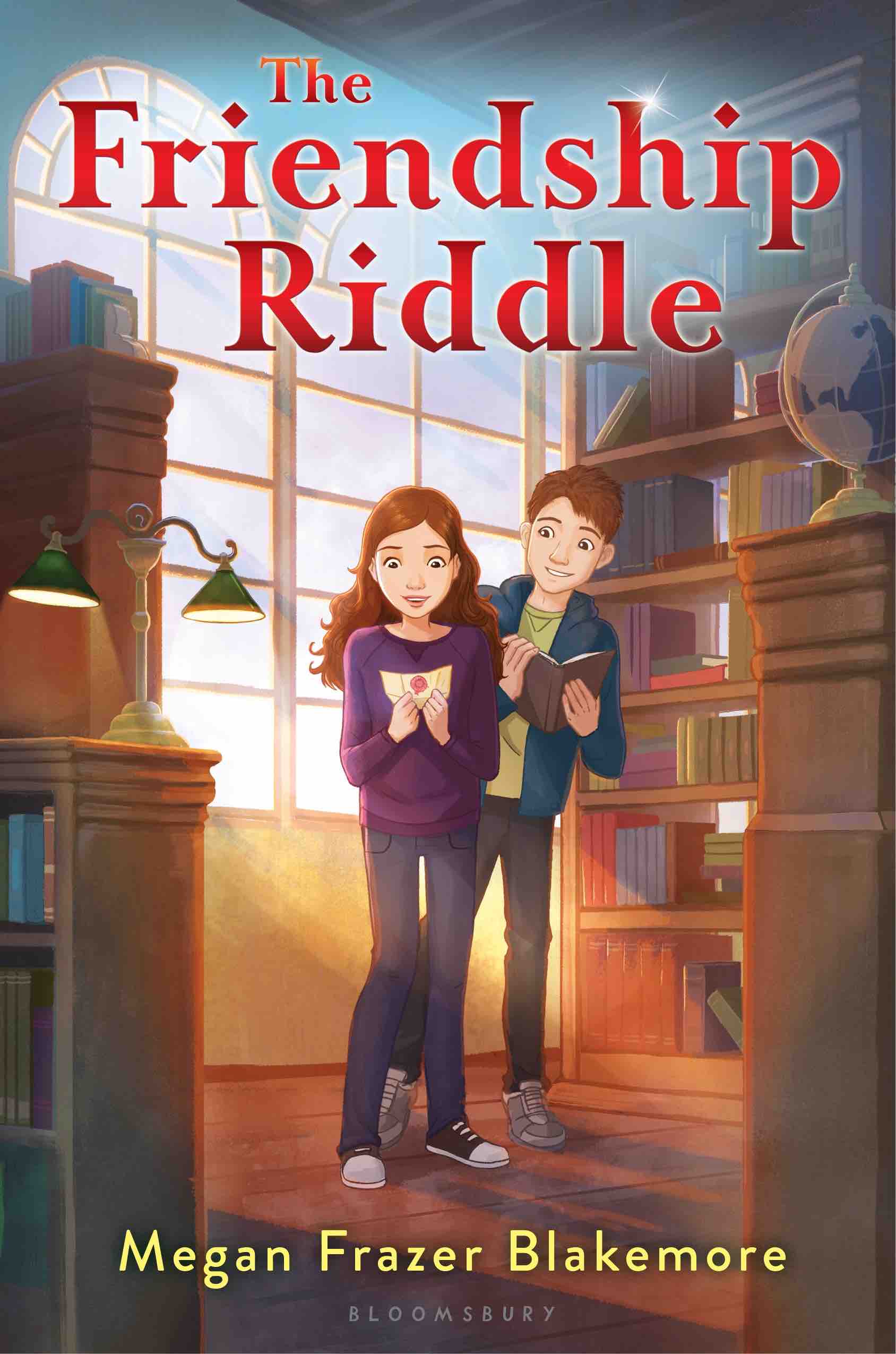 “THE FRIENDSHIP RIDDLE,” by Megan Frazer Blakemore, Bloomsbury USA Childrens, May 5, 2015, Hardcover, $16.99 (ages 8-12)
“THE FRIENDSHIP RIDDLE,” by Megan Frazer Blakemore, Bloomsbury USA Childrens, May 5, 2015, Hardcover, $16.99 (ages 8-12)
In February 2013, I reviewed Megan Frazer Blakemore’s “The Water Castle.” Included were these thoughts: “Author Megan Frazer Blakemore doesn’t write down to her audience, instead she writes up to it. Because of that, there’s a sophisticated elegance that runs throughout the book.” The same can be said for her new book, “The Friendship Riddle.”
Things have been a little rough for Ruth Mudd-O’Flaherty ever since starting at her new middle school. Ruth thought she’d have her best friend, Charlotte, by her side, but when Charlotte ditches her for “cool” friends, Ruth finds herself alone. Not that their paths don’t cross anymore —Charlotte’s dad runs their small town library, and Ruth loves books.
Ruth doesn’t mind being a lone wolf, though. Her friends are in the pages of the novels she regularly devours. One day, while helping out at the library, Ruth finds a note in an old book, but it’s not just any note — it’s a riddle, and it’s a riddle Ruth can’t solve alone. Not only that, there’s more than one note. Ruth needs help; the kind of help that only friends can offer. Ruth must learn to trust again if she’s ever going to get to the bottom of this mystery.
Megan Frazer Blakemore expects her audience to be curious, that much is certain. That curiosity draws you into “The Friendship Riddle” and holds tight throughout.
Ruth is a clever, likeable character. You find yourself rooting for her from the beginning. And while Charlotte more the stereotypical tween, there’s something about her, too, that makes her relatable. It’s clear there’s more to both girls than what’s seen at first glance.
And then there’s the riddle itself. It’s clear that a lot of thought went into this mystery — not only writing the riddles themselves, but also figuring out how they would be found and puzzled out. This has an interactive feel and there are numerous tie-ins parents could come up with heading into the summer reading season.
One of the elements of this story could be bothersome to some parents. Ruth has two moms and Charlotte has two dads. This setup is key to how the girls became friends in the first place. The thing is, it reads/feels perfectly normal. There’s no gay agenda behind it. This is just how these two particular families work. And if nothing else, it serves as a good example of what children are already exposed to in real life — families of all compositions. I hope this won’t keep parents from letting their children read “The Friendship Riddle,” because it’s a strong read — much better than a lot of its contemporaries.
